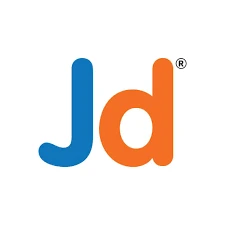The scope of computer vision in
India is vast and continually expanding, driven by technological advancements,
increasing digitization across industries, and growing demand for automation
and artificial intelligence (AI) solutions. Here are some key factors
contributing to the scope of computer vision in India:
- Emerging Industries: India's economy is diversifying beyond traditional sectors like IT and manufacturing into emerging industries such as healthcare, agriculture, retail, and smart cities. Computer vision technologies have applications across these sectors, including medical imaging, precision agriculture, retail analytics, and intelligent surveillance systems.
- Research and Development: Indian research institutions, universities, and companies are actively engaged in research and development in computer vision. Organizations like the Indian Institutes of Technology (IITs), Indian Institutes of Information Technology (IIITs), and Indian Statistical Institute (ISI) are conducting cutting-edge research in computer vision algorithms, techniques, and applications.
- Startup Ecosystem: India has a vibrant startup ecosystem with a growing number of startups focusing on AI, computer vision, and related technologies. These startups are developing innovative solutions for various industries, driving entrepreneurship and innovation in the field of computer vision.
- Government Initiatives: The Indian government has launched initiatives such as the National Programme on AI and the National Digital Health Mission (NDHM), which emphasize the adoption of AI and digital technologies, including computer vision, to address societal challenges and drive economic growth.
- Industry Adoption: Indian industries are increasingly adopting computer vision technologies to improve efficiency, productivity, and decision-making. Companies in sectors such as manufacturing, automotive, e-commerce, healthcare, and security are leveraging computer vision for tasks such as quality inspection, autonomous vehicles, image-based diagnostics, and surveillance systems.
- Skill Development: There is a growing demand for skilled professionals in computer vision in India. Academic institutions, training organizations, and online platforms are offering courses and programs in computer vision, machine learning, and AI to meet this demand and equip individuals with the necessary skills for careers in this field.
- Global Opportunities: Indian
professionals and companies are also tapping into global opportunities in
computer vision, collaborating with international partners, participating in
research projects, and providing outsourcing services in areas such as image
annotation, data labeling, and model development.
Overall, the scope of computer
vision in India is promising, with ample opportunities for innovation,
entrepreneurship, and career growth in this exciting and rapidly evolving
field. As technology continues to advance and industries embrace digital transformation,
computer vision is poised to play a significant role in shaping the future of
various sectors in India and beyond.









 4.8 (21,636) reviews
4.8 (21,636) reviews


 Read more
Read more 


